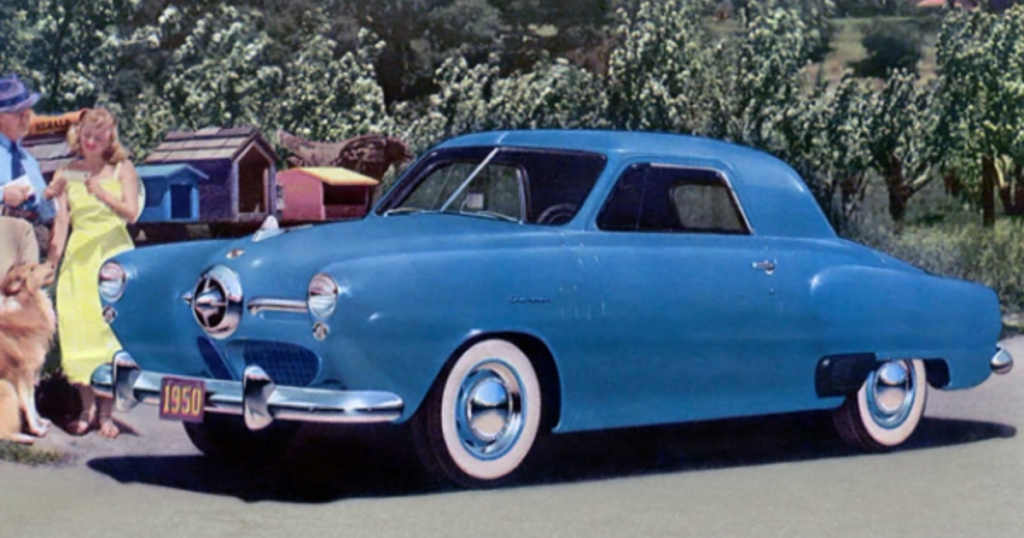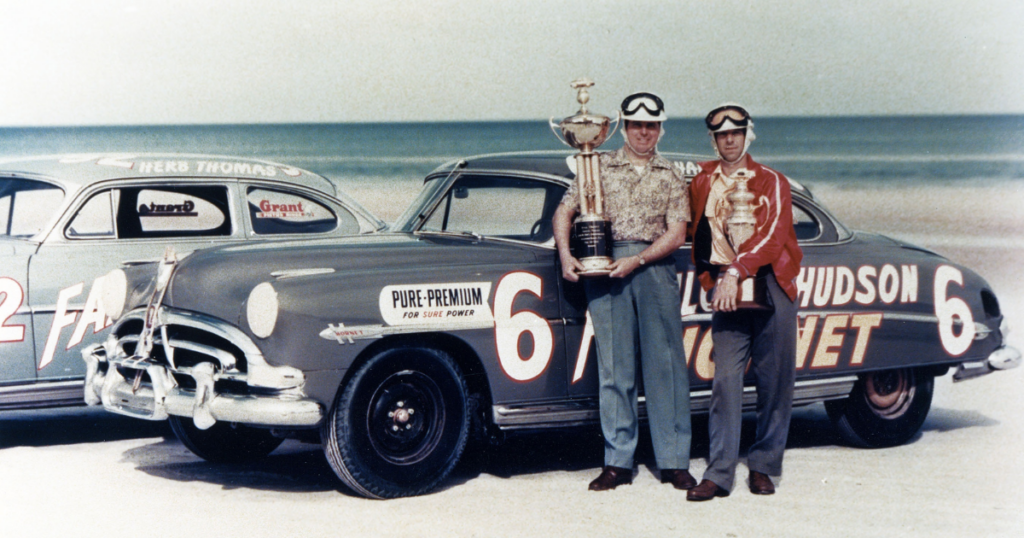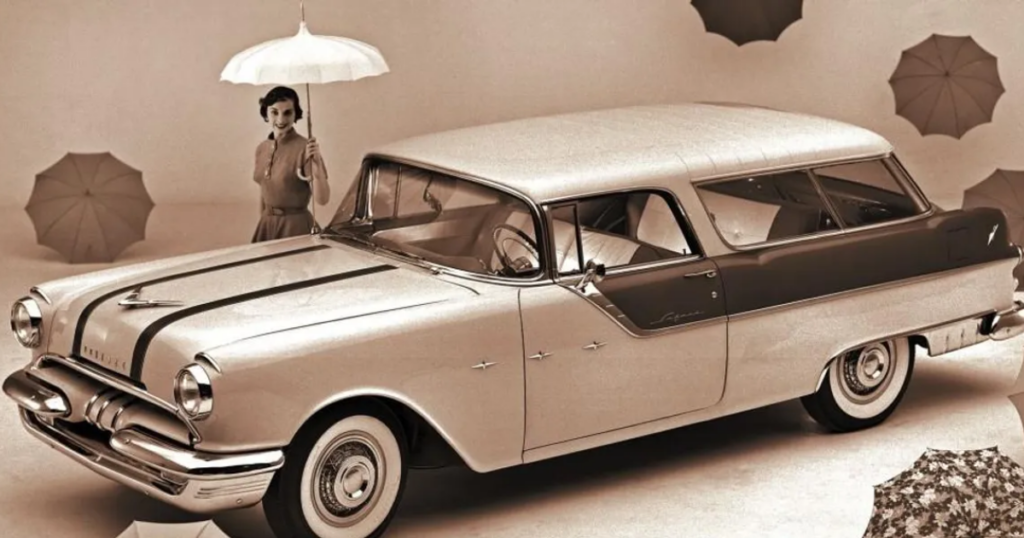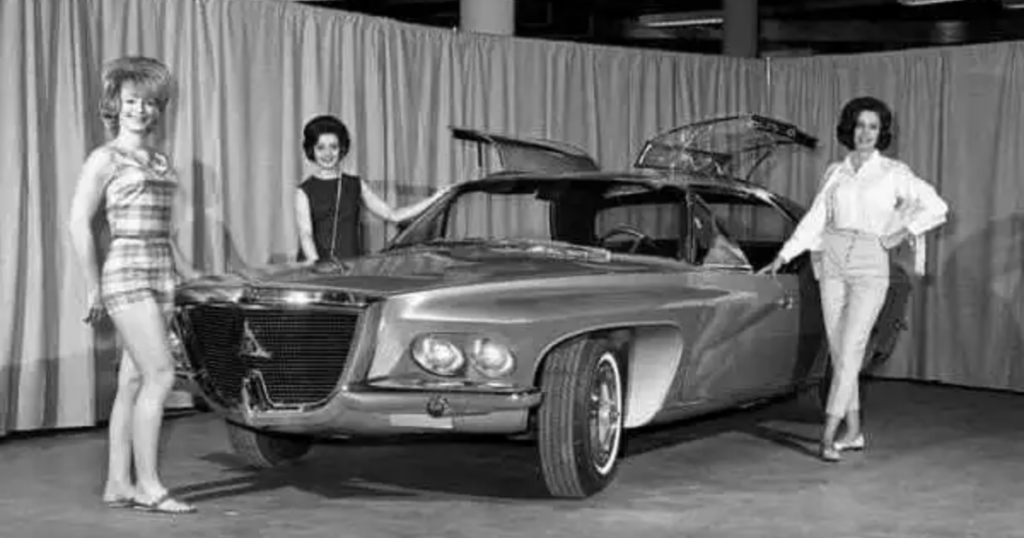
Plans were made for the 1961 Dodge Flitewing to be used as a model for future exterior designs at the Chrysler Corporation, but things can change.
The Flitewing concept was created in Virgil Exner’s secret advanced styling studio at Chrysler. On December 5, 1961, it was first shown to the public in Central Park in Manhattan. It was too bad that the famous design chief wasn’t there anymore; he had been fired and Elwood Engel had taken over as chief a month earlier. The Flitewing was already a bad idea when it first showed up in New York.

Not too long ago, it was said that the drastically changed car would play a much bigger role in the company’s plans for future products. John Samsen, a veteran designer, says that Chrysler stylists were told to base the planned 1962 corporate lines, which were called the S-series cars, on the Flitewing theme, which Exner called “Forward Flair.” But when the program was well under way, Chrysler officials, led by president William C. Newberg, made the sudden choice to make the 1962 Dodge and Plymouth full-size cars much smaller. Not much was left after the S-series was redesigned and combined with other ideas to fit the smaller size.

In a strange way, the Flitewing’s most noticeable feature—its pair of gullwing side-glass and windshield assemblies—was also the one that was least likely to be used on a real car. The so-called “Flitewings” were designed so that the doors would open and close themselves. This was made possible by electric motors hidden in the trunk that were controlled by wires that looked like speedometers. Even though the name “Flitewing” comes from the modified covers, problems like dependability, sealing, and cost come to mind.

The Flitewing had a body built by Carrozzeria Ghia of Turin and a modified Dodge frame with a 118-inch wheelbase. It was clearly safe to drive on the road. This car had a 383-cubic-inch V8 engine with ram-induction intake manifolding and 330 hp. It was paired with a Torqueflite automatic gear. Even though the top weight was never given, the performance had to be wild. There were some cool gadgets inside, like platform bucket seats and a speedometer that looked like a thermometer and had 13 lit windows.
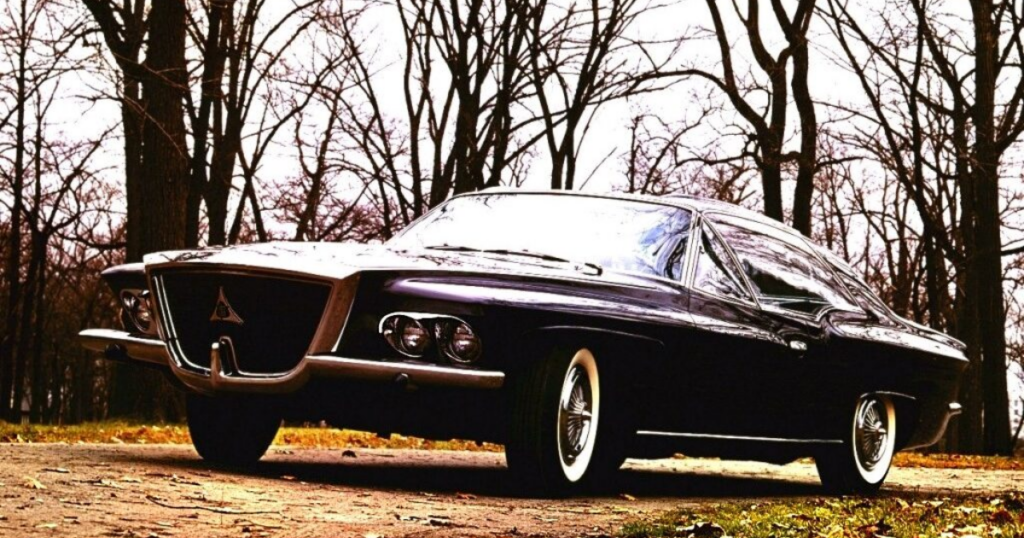
The Flitewing, which cost $125,000 to build, is very different from Exner’s Forward Look cars from 1955 to 1961, but it still has some of the traits that made them famous. At the back, there are some subtle tail fins and a styled version of his well-known fake spare tire cover. The idea car with the dead end showed up at auto shows as late as 1964, but it had different paint on it, and we don’t know what happened to it after that. The Flitewing has been made again in 1:43 scale, though, if you’d like your own.


